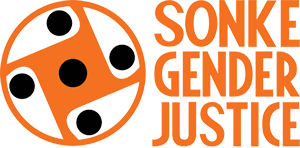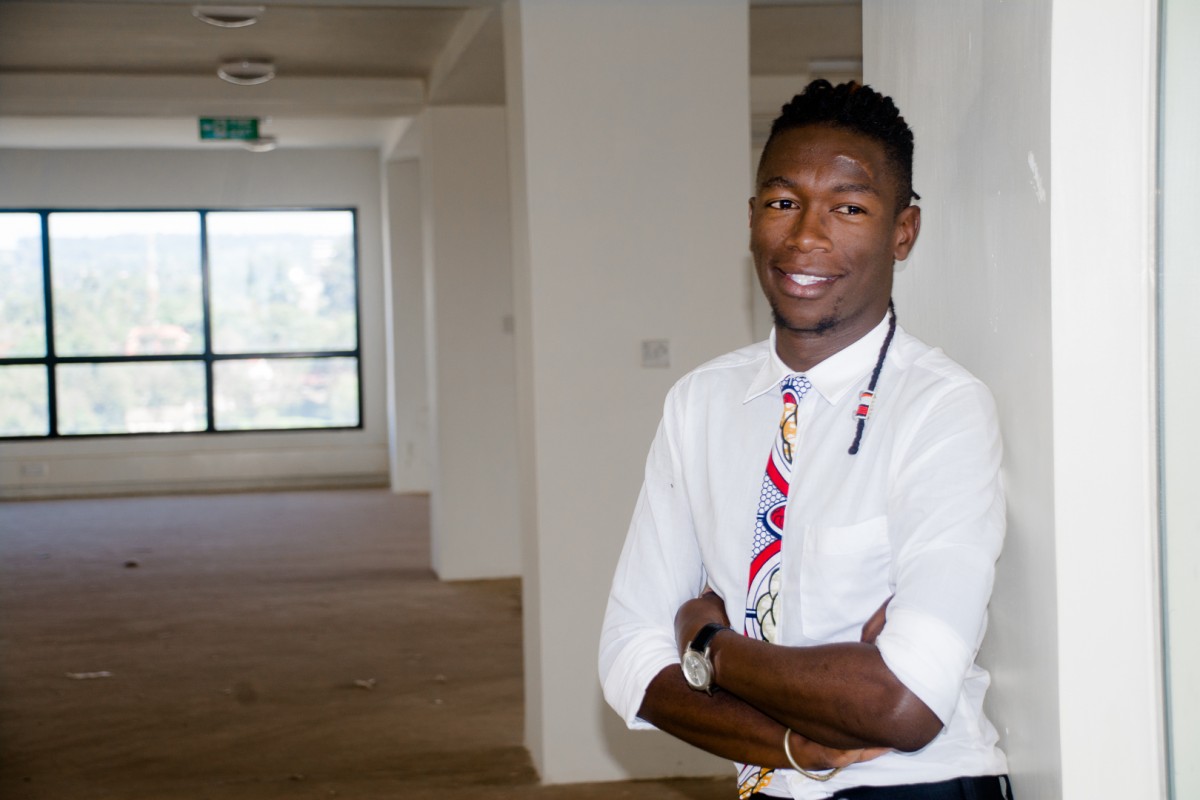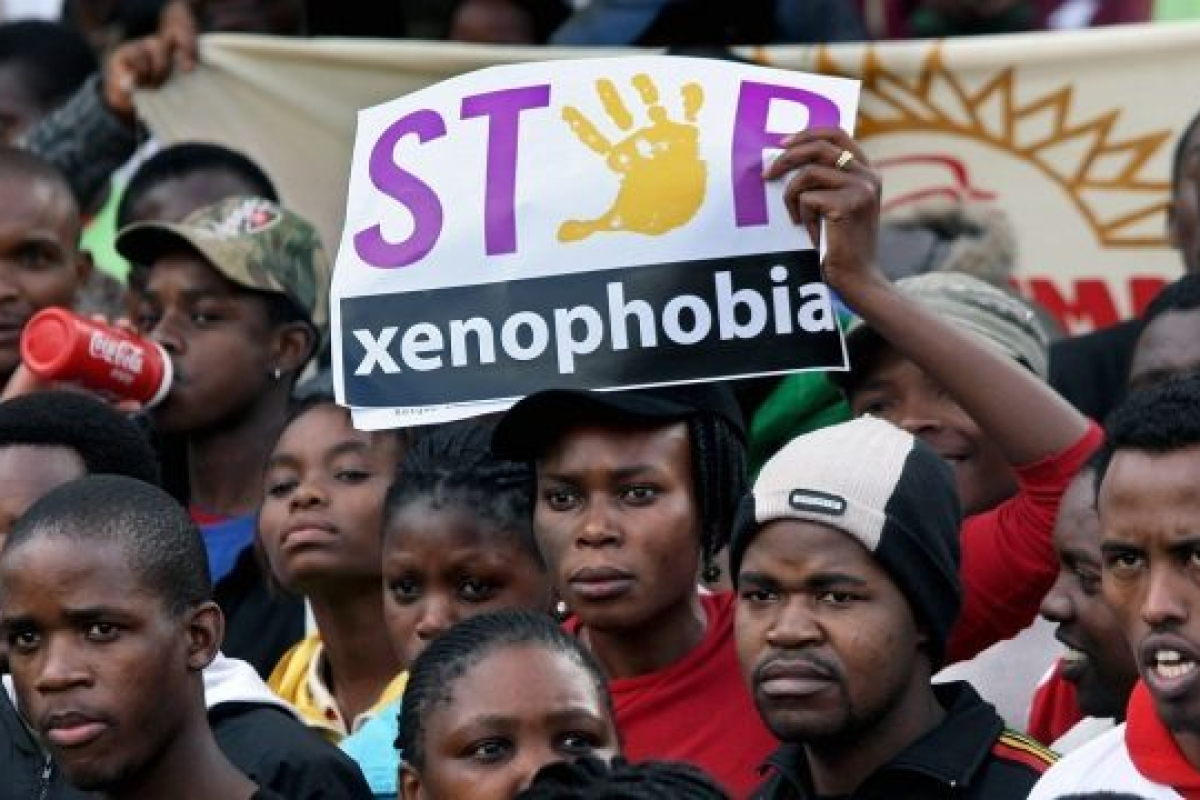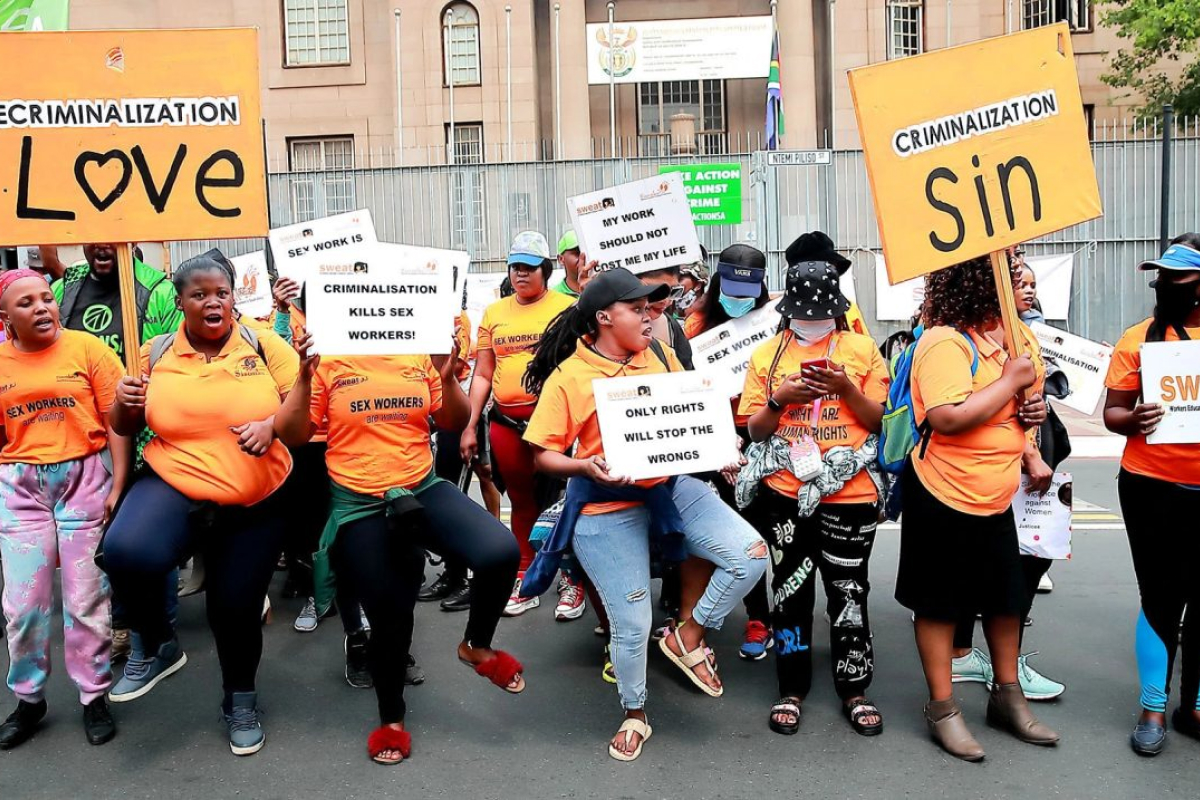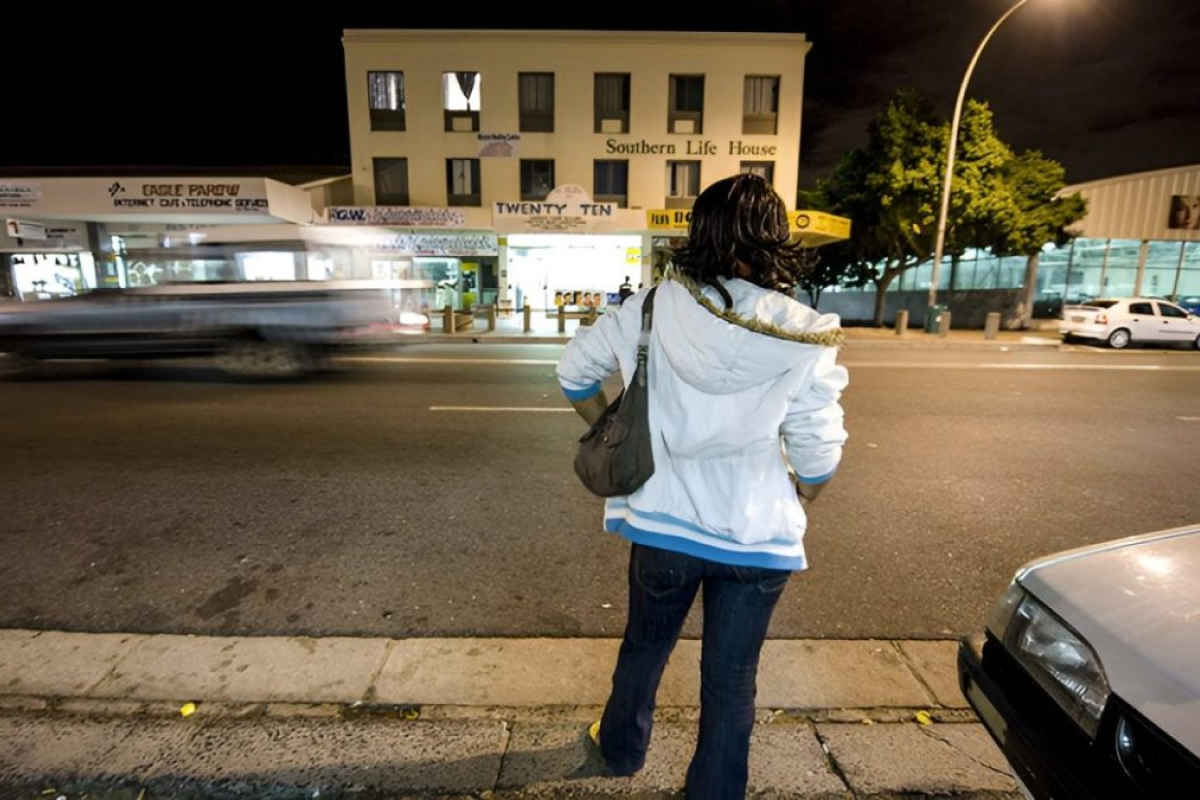Festus Kisa is a 27-year old social worker from Eldoret, Kenya who attended a 2016 Men Engage Africa Training Initiative (MATI) course in 2016. Here he describes his experiences as an LGBTI activist and what he learnt from the course.
Please describe your journey to becoming an activist
I am the second born in a family of five. I grew up in Nakuru, in a religious household where my father was a pastor and my mother sang in the choir. I didn’t talk about sex or sexuality unless it was within a biblical context. I remember when I turned 13, my father read me that Bible verse about how looking at a woman lustfully is equivalent to committing fornication. That was his version of sex education. I remember that deeply confused me especially in my teenage years when I was discovering my sexuality. My high school years were filled with questions, prayers, scanty (and one-sided) information on sex and sexuality – and with nobody to talk to. Having gone through that I told myself that I would never let any other young person go through the same thing I had and that led me to focus on sexual reproductive health and rights with a key focus on LGBT youth.
Why did you choose to work with MATI?
Every year, I try to learn something new that will help me to be better in my work. My area of interest for 2016 was gender, particularly woman who are considered minorities and how they are involved or neglected in development work. In my first job I worked with female sex workers and currently lesbian, bisexual and queer women form part of our organisation’s reach and I must admit that I had very limited knowledge.
I Googled MATI and read the alumni experiences especially the men who talked of the way MATI helped them to be better gender justice advocates and the women who talked about how involving men in the fight against gender injustice was a totally new concept to them. It was also refreshing to read about an alumni from Nigeria who was an LGBT activist. I immediately knew that I would benefit a lot to be in a space where gender justice advocates, social workers and other professionals would be gathered for an intensive training by highly qualified faculty members.
What kept you motivated throughout the MATI course?
The knowledge I was acquiring every day was a great motivator for me. I could walk into that training hall every morning and I would leave in the evening with new information whether it was from the faculty, fellow course mates, or our reading list. I also had the personal drive to learn so that I would come back to Q-Initiative (the organization I work for) to make it gender transformative. At that time, Q-Initiative was going through our policy development process so I had the opportunity to influence that process to critically think about gender and how Q-Initiative addresses that in our programming.
Can you describe the MATI project you coordinated?
My MATI project had two objectives;
- To create awareness on gender-based violence faced by lesbian, bisexual and queer identifying women in Eldoret in Kenya
- To create awareness on gender-based violence faced by female students in universities and colleges in Eldoret, Kenya.
To achieve this, we had monthly meetings where LBQ women talked about gender-based violence, intimate partner violence, the causes and possible solutions to them. We were fortunate to get additional support to carry out a Training of Trainers (ToT) training for our board members, staff and volunteers on feminism, gender-based violence and intersectionality. The project also carried out seven gender-based violence awareness sessions in four universities and three colleges where we talked about the forms of gender-based violence that occur in the colleges and universities and the role the school can play in addressing GBV in institutions of higher learning.
What did you enjoy most about the MATI project?
How fresh and relatable it was to our young people. A significant number of LBQ women had normalised gender-based violence and some felt quite helpless. But talking about it made them realise that it is wrong and they should seek justice. Similarly, the young men and women in colleges and universities did not consider GBV as something young people are capable of so it was refreshing to take them through the teachings and see them bring up the issues of negative masculinity, misogyny, homophobia, patriarchy and harmful gender norms.
Did you experience any challenges during the implementation of your project?
A challenge I encountered was not getting access to the institutions of higher learning especially because the organisation I work for is known to work with LGBT persons and we did not want them to assume we are going there to ‘recruit their students’. I overcame this challenge by partnering with the organisation next door who implement a lot of SRHR projects for youths especially those in schools. They used their networks and influence to set up all the seven sessions that we carried out.
What resonated the most with the people you helped train?
The intersectionality of struggles. When I first wrote the concept note, my primary focus was on lesbian, bisexual and queer woman who are in institutions of higher learning. However, after the first project meeting with the LBQ women, we decided the project should focus on the violence they face as women who ascribe to a different sexual orientation as well as focus on the violence that other women face as a result of being young and being a student in an institution of higher learning. This helped all participants to understand that all oppression is connected.
Is there a particular experience that stood out for you?
On the first session on GBV in one of the colleges, I asked the female students whether there is someone they can report to in the event a student has been sexually assaulted by other students whether on campus or outside the campus. She looked at me with dejection and said, “How do you even start reporting?” And many of the female students were in agreement with her. Quite a number of them did not know that you can actually report cases of GBV to the Dean of students or the police. Upon further probing, it was revealed that many do not feel the need to report such incidents because it attracts a lot negativity from other students especially if the perpetrator was popular or in a position of power.
That revelation greatly encouraged me to reach out to more schools and engage them to discuss issues regarding rights as enshrined in the constitution of Kenya and to engage the student leaders and Dean of students to put in measures to address GBV in institutions of higher learning.
What success has your project had to date?
When we started the project we did not have a safe space for women who identify as lesbian, bisexual or queer to meet by themselves and discuss the issues that affect them. Now we have an average of 20 women meeting on the first Friday of every month to discuss issues around sexual reproductive health and rights, mental health and gender-based violence. Many universities and college students had not had the opportunity to talk about gender-based violence and the role they play in either perpetuating it or addressing it. The students requested that we train their student leaders on GBV so that the student leaders can create change in their schools.
The program came to an end in June 2017 but we fundraised for additional money from CREA, a feminist human rights organization based in New Delhi, India, to carry out additional activities until September 30th, 2017. And American Jewish World Service to further Strengthening LBQ Women’s Spaces and Programming from September 1, 2017 till August 30, 2018. This is exciting because we not only deal with GBV but we will add components of Sexual Reproductive Health and Rights, economic empowerment, and self-care and wellness.
